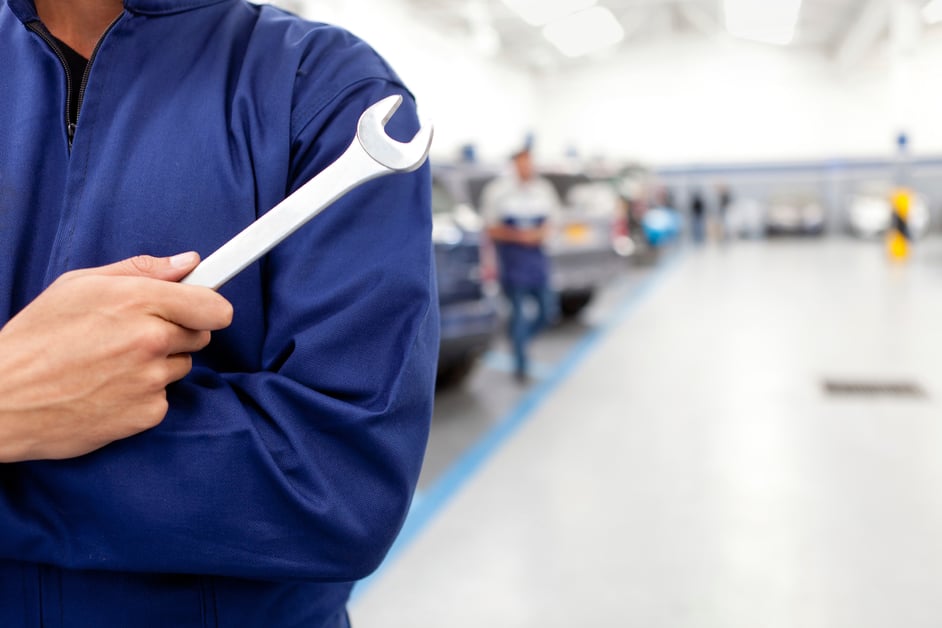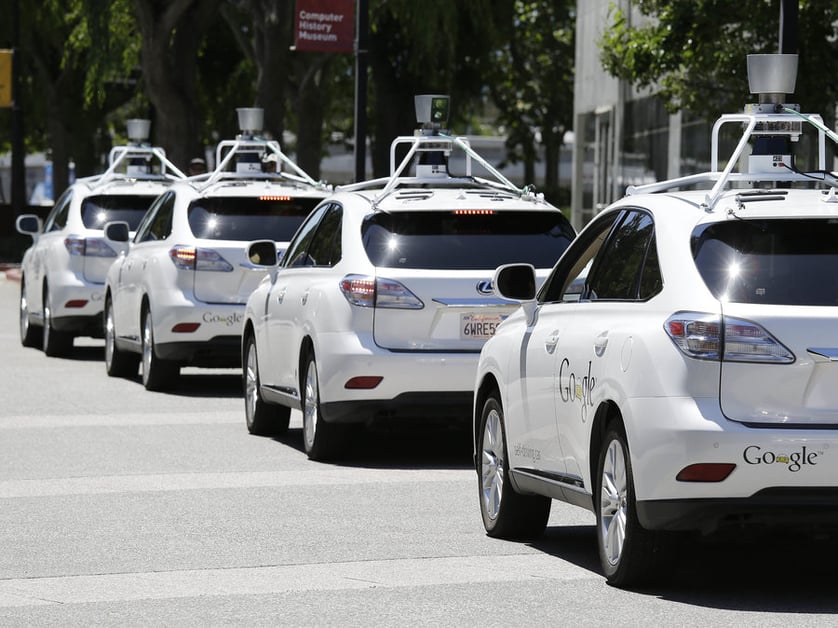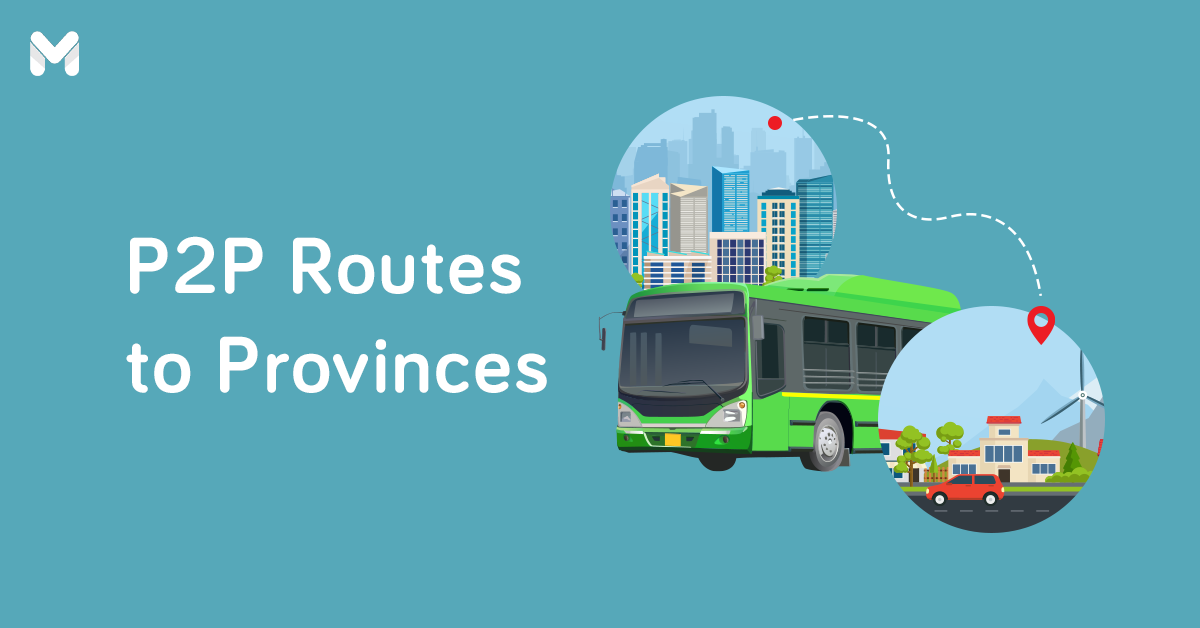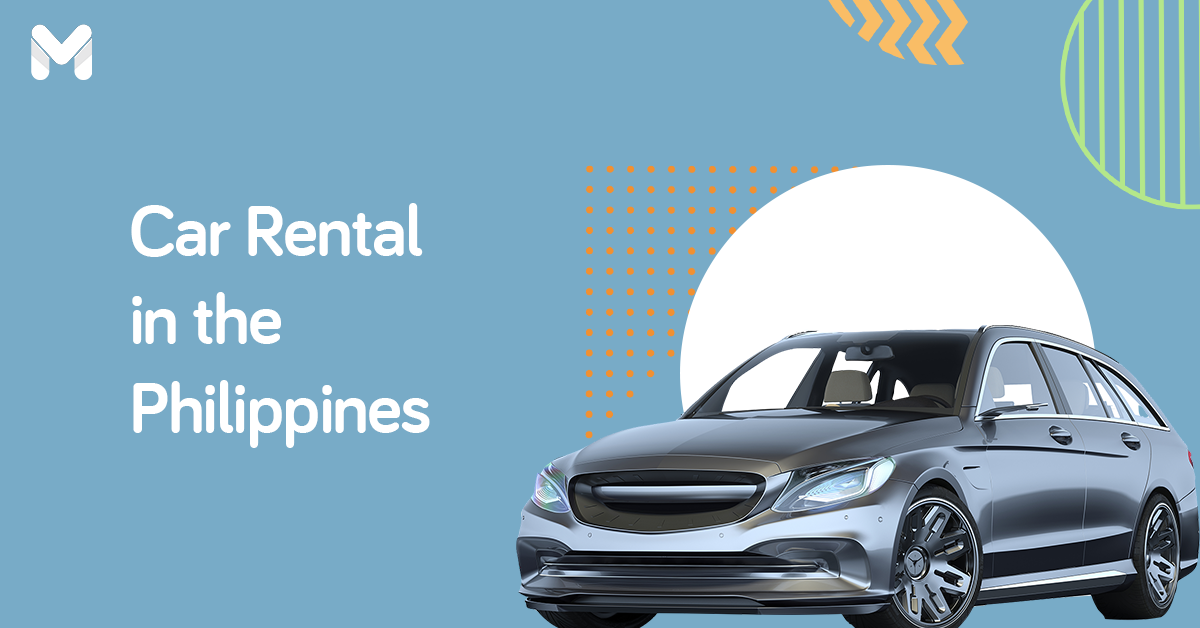
There are a few ways by which self-driving vehicles can change the way people get around. One is the fact that you won’t have to deal with drivers, then there’s also the fact that you’ll never have to get lost – the onboard software does all the driving for you.
It’s a race, plain and simple, for some of the biggest tech companies and car companies in the world to develop the right balance of technology and mobility to go into their cars. Perhaps unsurprisingly, it’s the tech companies who’ve made greater strides in the race.
The full impact won’t really do much to the general public for a while, at least according to a report by Goldman Sachs. But here are some things that could be impacted by the rise of self-driving cars.
Related reading: The Manila International Auto Show is Back! Here's Why You Should Visit Now

Jobs
In a society where cars will basically drive themselves, there won’t be a need for people behind the wheel. Self-driving vehicles are set to displace about 300,000 drivers a year in the United States alone when autonomous vehicles begin to saturate the general market.
The Goldman Sachs Economics Research report reads that the bulk of the losses will be from the long haul truck driving market, amounting to 2 percent of the total employment population. With that, the report estimates that semi- and fully autonomous vehicles will be among 20 percent of car sales beginning 2025 to 2030.
Locally, there are an estimated 10,000 buses operating within Metro Manila, and close to 500,000 taxis. If self-driving vehicles are integrated into public transport, it could also displace that same number of drivers, more if it expands outside the metro.
 Traffic
Traffic
Self-driving vehicles are guided by a number of cameras, an A.I. guidance system, and map data. These systems interact in order to ensure that the vehicle drives at optimal conditions with little-to-no-interference from the driver.
This is, by manufacturers’ own admission, one of the more difficult aspects of self-driving vehicles, as there are thresholds before the A.I. fails and a human driver needs to take over. These moments – termed “disengagements” – vary from company to company, but a snapshot reported by CNBC revealed that Google Alphabet’s Waymo has shockingly outstripped some of the West’s best manufacturers in terms of how long before a disengagement happens, as seen below:
- Waymo: 635,867 miles driven, 5,127 miles/disengagement
- GM/Cruise: 9,668 miles driven, 34 miles/disengagement
- Nissan: 4,099 miles driven, 28 miles/disengagement
- Bosch: 983 miles driven, 0.6 miles/disengagement
- Mercedes: 673 miles driven, 2 miles/disengagement
- BMW: 638 miles driven, 638 miles/disengagement
- Ford: 590 miles driven, 196 miles/disengagement
- Tesla: 550 miles driven, 3 miles/disengagement
It’s naturally difficult for people to trust their driving completely to a machine, but the figures are beginning to show promise, and that will affect traffic in every region. As seen in the video above, self-driving cars can gauge when to best integrate into oncoming traffic, perhaps even better than a human driver could.
 Insurance and legislation
Insurance and legislation
The car insurance game will also largely change when self-driving vehicles become more mainstream. Insuring a vehicle that drives itself is largely more difficult than ensuring a driver. Billionaire investor Warren Buffet has mentioned the safety features in these vehicles could mean that there’s less in the way of insurance costs, and insurance premiums could also see a reduction.
Self-driving vehicles aren’t completely safe, still. As a number of accidents involving self-driving Uber test vehicles were reported earlier this year. But the accidents involved did raise a number of questions regarding how self-driving vehicles are to be insured.
In a situation where there is no driver to hold in liability, insurance shifts to the automakers instead of the vehicle owners.
It also effectively changes legislation regarding insurance standards and vehicle operation. In Michigan, a law has been put into effect where automakers assume liability for any accidents that occur where driverless systems are at fault, something that the U.K. is also looking into.
For now, owing to a lack of data, each of these will have to be settled on a case-to-case basis.
Final thoughts
There isn’t a large saturation of autonomous vehicles yet, even less so in the country. Even then, much of the testing for self-driving cars is still happening in tightly controlled environments. As companies race to be the first to have completely self-driven vehicles out on the market, it’s anyone’s guess as to how the world will adapt.









